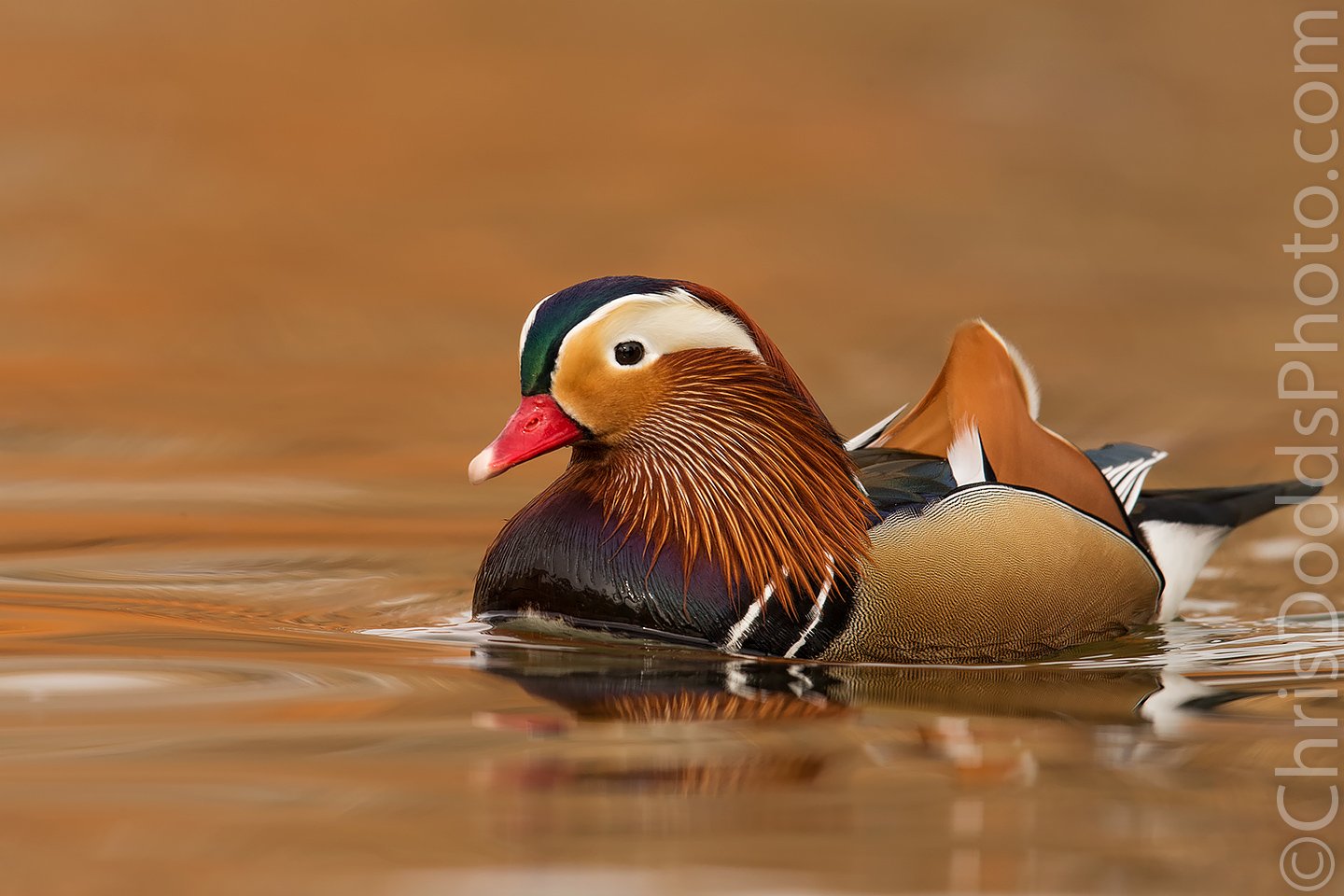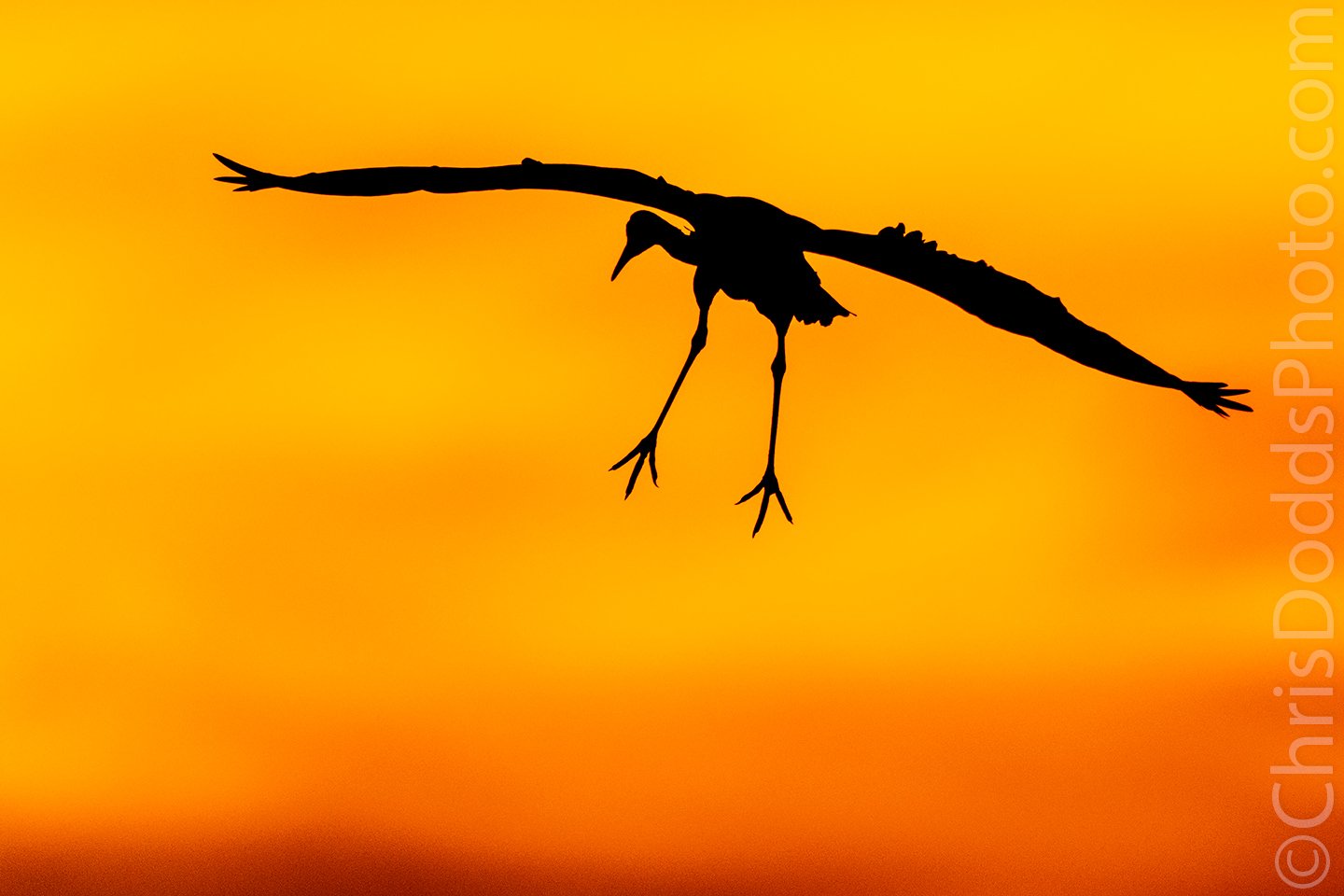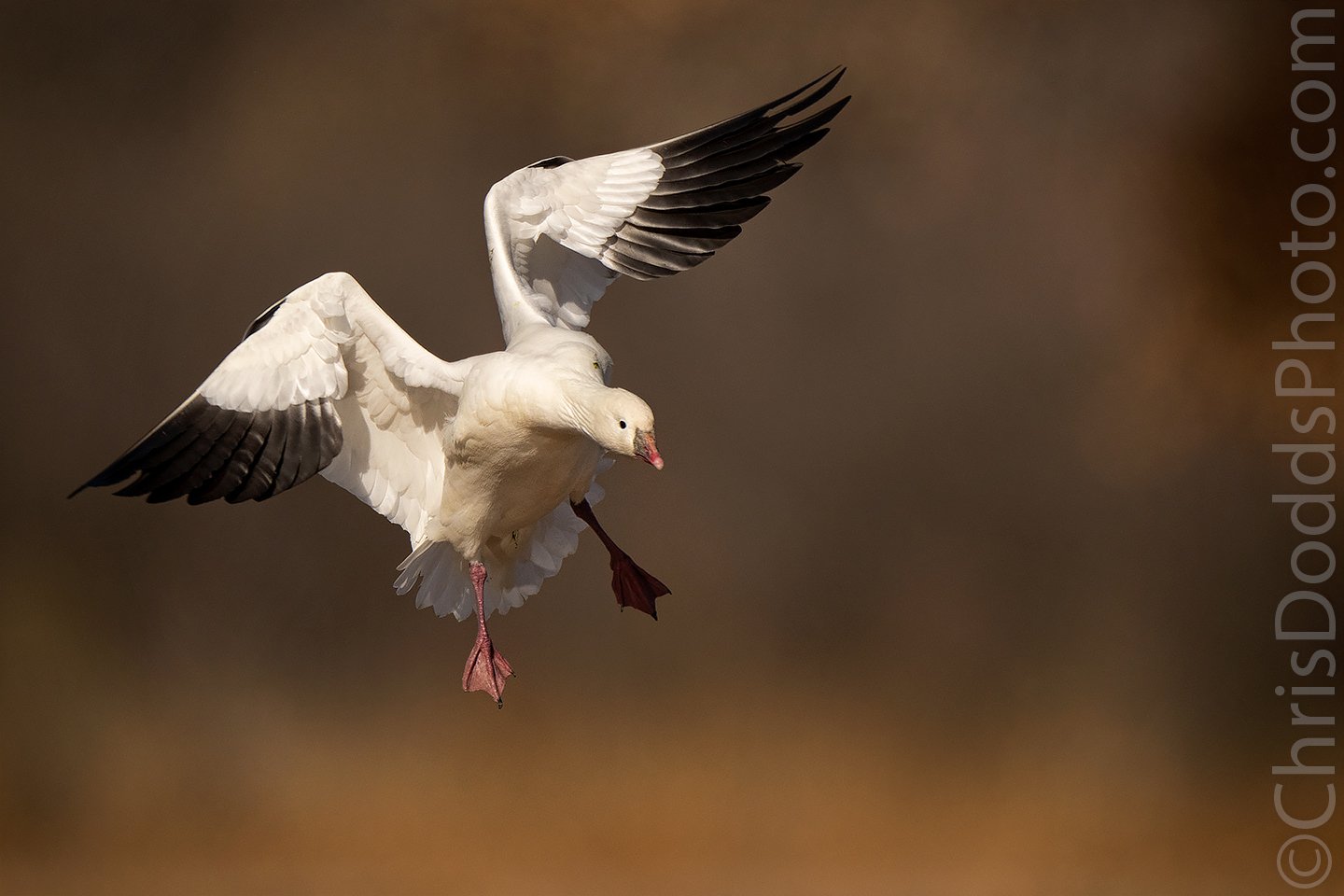Earlier today, I posted a Canvasback with a brief word about how to tell the difference between the two species. Have a look here: https://www.naturephotographyblog.com/blog/canvasback
Redhead (Aythya americana, Fuligule à tête rouge, REDH) from my Better than Bosque workshop. Bosque del Apache National Wildlife Refuge, San Antonio, New Mexico, USA. Image Copyright ©Christopher Dodds. Sony Alpha alpha 1 Mirrorless camera & Sony FE 600mm f/4 G Master OSS Lens with Sony FE 2X Teleconverter @1,200mm ISO 3,200, f/8 @ 1/4,000s. Full frame image. Manual exposure.



















